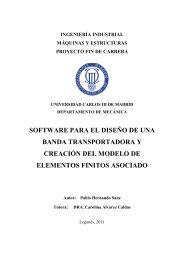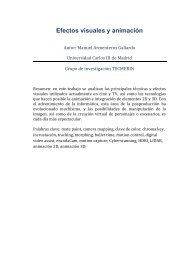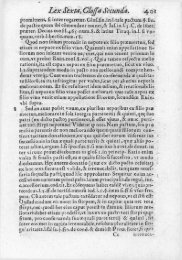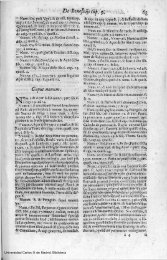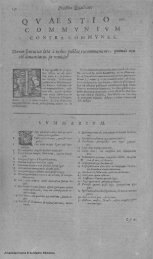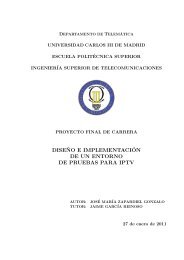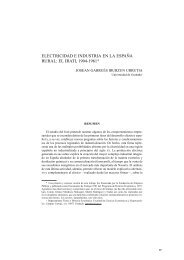Land tenure inequality, harvests, and rural conflict ... - e-Archivo
Land tenure inequality, harvests, and rural conflict ... - e-Archivo
Land tenure inequality, harvests, and rural conflict ... - e-Archivo
Create successful ePaper yourself
Turn your PDF publications into a flip-book with our unique Google optimized e-Paper software.
significant. In addition, the sample of closely contested elections suggests using the<br />
sample that considers all elections overestimates the impact of municipal socialism on<br />
strikes. For example, I get a negative <strong>and</strong> now significant coefficient in the case of<br />
strikes. I cannot reject the null hypothesis that municipal Socialism did not explain<br />
strike levels (<strong>and</strong> also collective trespassing levels).<br />
9. Conclusions<br />
In development economics, opportunity cost <strong>and</strong> grievance theories have become the<br />
predominant approach to study <strong>conflict</strong> in developing societies. This paper studies<br />
one of the most intense <strong>and</strong> destabilizing processes of peasant mobilization <strong>and</strong><br />
<strong>conflict</strong> in interwar Europe. For the 1930s, it is considered <strong>rural</strong> <strong>conflict</strong> was<br />
particularly acromonious in areas with unequal distribution of l<strong>and</strong> ownership, in light<br />
with an interpretation of Spanish modern history that puts large estates <strong>and</strong> the<br />
unequal distribution of l<strong>and</strong> as one of the main obstacles of political <strong>and</strong> economic<br />
modernization.<br />
In this paper, however, I show that “ecological” correlations using regional or<br />
provincial means disappear once I exploit local variation in the amount of local l<strong>and</strong><br />
held by large estates. Moreover, <strong>conflict</strong> in 1930s Andalusia has been associated with<br />
the poverty <strong>and</strong> exploitation of l<strong>and</strong>less laborers, especially those living in towns<br />
specializing in wheat <strong>and</strong>/or olives, who remained unemployed for several months in<br />
the year. Yet, I show <strong>conflict</strong> clustered in fast growing towns, which were close to<br />
large urban centres <strong>and</strong> were integrated into national agricultural markets. Local<br />
Socialist power did not matter for the latter, as many of the most vibrant towns in<br />
Seville or Córdoba displayed a historical preference for anarcho-syndicalism or<br />
38




